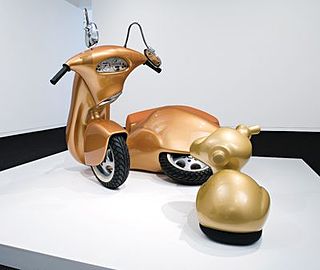Top 56 Quotes & Sayings by Patricia Piccinini
Explore popular quotes and sayings by an Australian artist Patricia Piccinini.
Last updated on April 14, 2025.
I finished VCA at the height of the last big recession in the early 90s, and seeing that I was not going to be able to join one of the dwindling number of commercial galleries, I started an ARI called the Basement Project which ran for three years. Things came a little at a time and all of a sudden it's 20 years later and I'm still making art, which is really all I ever wanted to do.
























